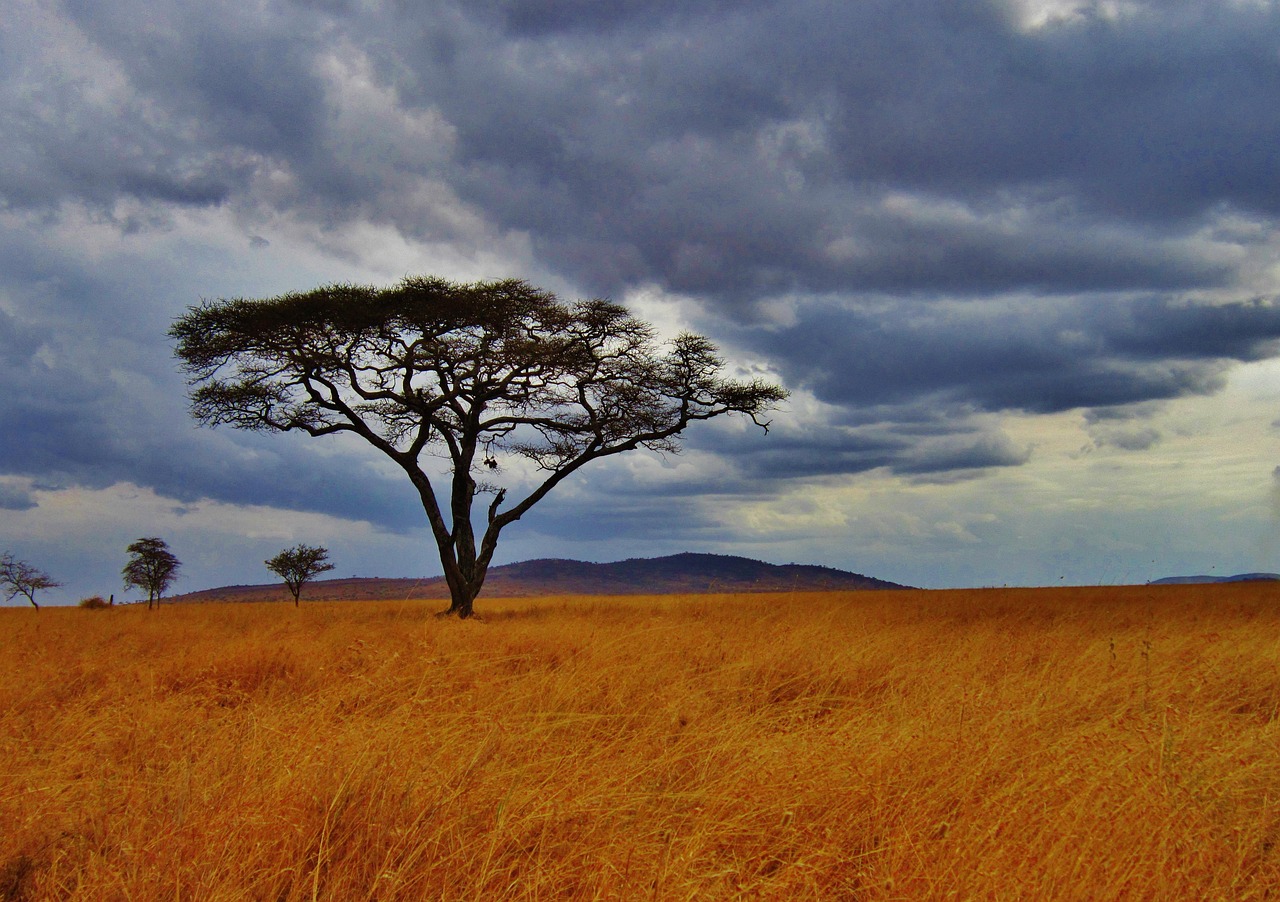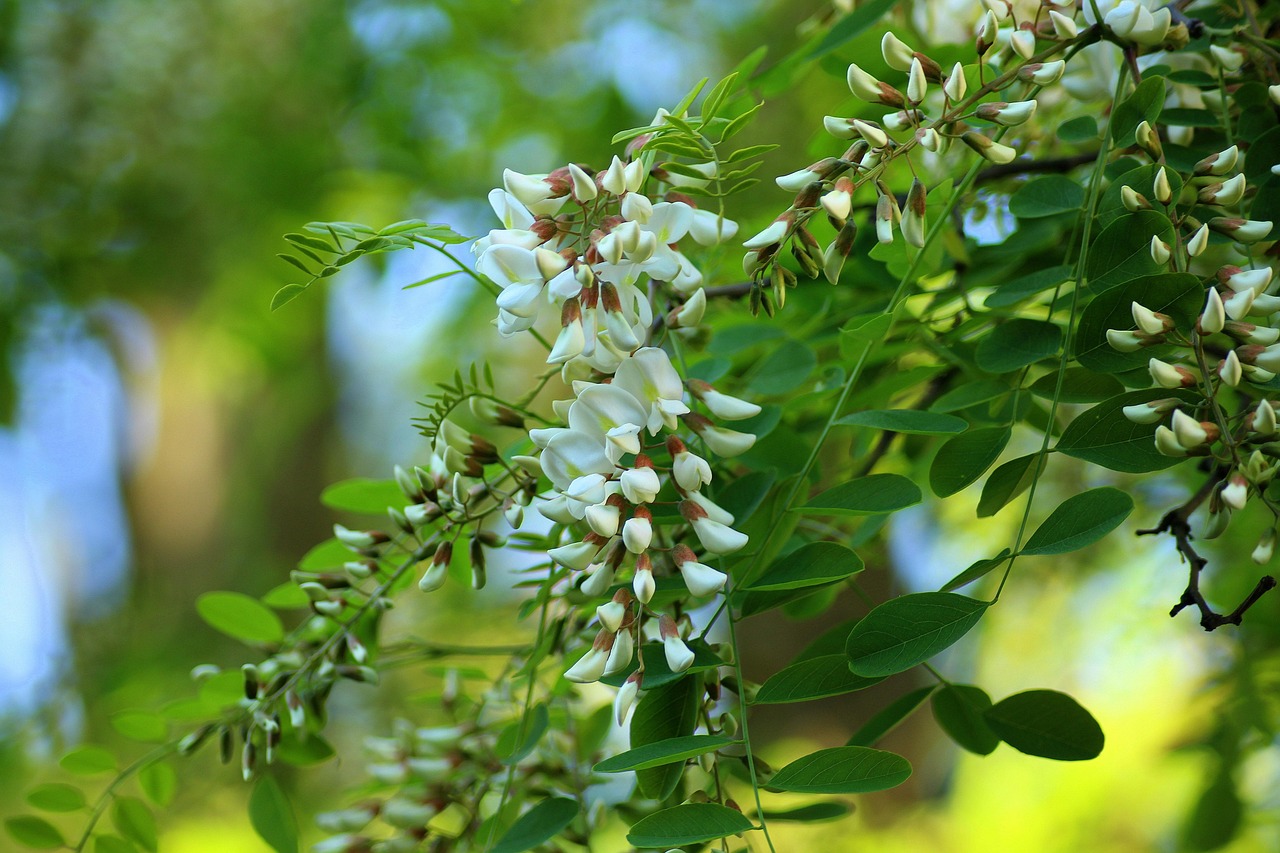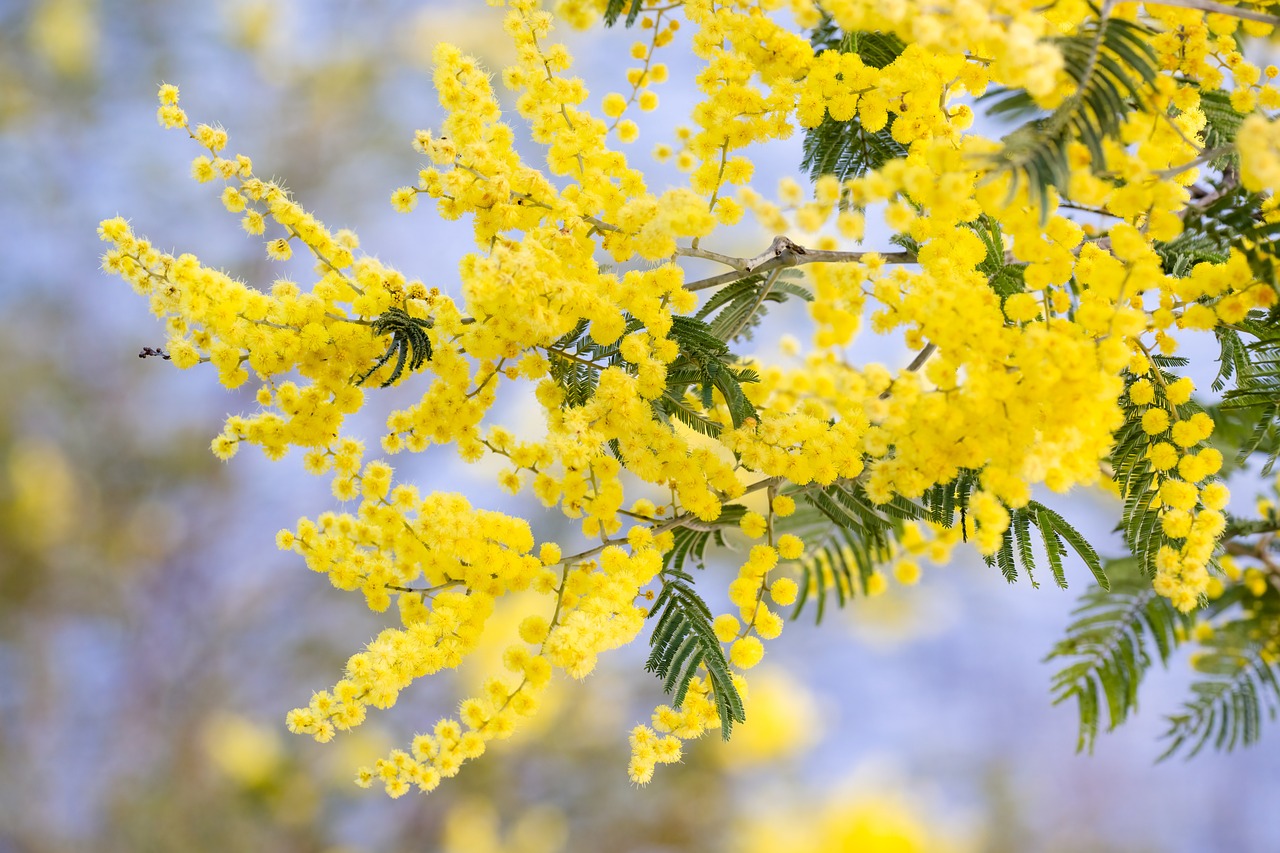Choosing the right species and location for planting an acacia tree is crucial for its successful growth. Different acacia species thrive in various climates and soil types, while suitable locations can enhance sunlight exposure and water drainage, ensuring a healthy plant.
Understanding Acacia Trees

Acacia trees belong to the family Fabaceae and are known for their diverse range of species, many of which are native to Australia and Africa. These trees are celebrated for their unique foliage, vibrant flowers, and ability to adapt to different environments. The choice of species is essential as it directly impacts growth patterns, aesthetic appeal, and ecological benefits.
Acacias are often used in landscaping, erosion control, and even as shade trees in parks and gardens. They are also valued for their fast growth and ability to improve soil health through nitrogen fixation. However, not all acacia species are suitable for every environment. Understanding the specific requirements of each species will help you choose the best fit for your location.
Choosing the Right Species
When selecting an acacia species to plant, consider the following factors:
- Climate: Acacia species vary in their climate preferences. Some prefer tropical conditions, while others thrive in arid environments.
- Soil Type: Certain species are more tolerant of poor soil conditions than others. Ensure the chosen species matches the soil quality of your planting site.
- Size and Growth Rate: Some acacias grow tall and wide, while others remain compact. Choose a species that fits your space requirements.
- Aesthetic Appeal: Consider the flower color and leaf shape, as these can enhance the visual appeal of your landscape.
Popular Acacia Species
Here are some popular acacia species to consider for planting:
| Species | Height | Flower Color | Soil Preference |
|---|---|---|---|
| Acacia dealbata | Up to 30 meters | Yellow | Well-drained soils |
| Acacia pycnantha | Up to 10 meters | Golden yellow | Sandy soils |
| Acacia mangium | Up to 25 meters | Creamy white | Loamy soils |
Selecting the Right Location
The location where you plant your acacia tree plays a significant role in its overall health. Here are some considerations when selecting a site:
- Sunlight: Most acacias thrive in full sun. Ensure the chosen location receives at least six hours of direct sunlight daily.
- Drainage: Acacia trees prefer well-draining soil. Avoid areas prone to waterlogging.
- Space: Consider the mature size of the tree. Ensure there is ample space for it to grow without obstruction.
By carefully selecting both the species and location for your acacia tree, you can create an environment that fosters growth and enhances your landscape.
Preparing the Planting Site
Once you have selected the right species and location for your acacia tree, the next step is to prepare the planting site. Proper preparation is critical for the successful establishment of the tree. Follow these essential steps to create an ideal environment for your acacia.
Clearing the Area
Begin by clearing the chosen area of any debris, weeds, or existing vegetation. This helps to reduce competition for nutrients and water. It is essential to:
- Remove Weeds: Weeds can hinder the growth of your acacia by competing for resources. Take care to pull them out by the roots.
- Clear Debris: Remove rocks, old roots, and any other debris that may obstruct the growth of your new tree.
- Assess Soil Quality: Conduct a quick check of the soil quality to determine if it requires amendments.
Soil Preparation
The quality of the soil directly influences the growth of your acacia tree. Here are important soil preparation steps:
- Soil Testing: Perform a soil test to assess pH and nutrient levels. Acacia trees typically prefer slightly acidic to neutral soils (pH 6.0-7.0).
- Amendments: Based on the soil test results, add organic matter such as compost or well-rotted manure to improve soil fertility and structure.
- Tilling: Loosen the soil within a radius of at least two feet from the planting hole. This promotes better root penetration and water drainage.
Planting Techniques
After preparing the site, it’s time to plant your acacia tree. The method you choose can greatly influence its establishment and future growth. Follow these guidelines for effective planting.
Digging the Hole
When digging the hole for your acacia tree, consider the following:
- Size of the Hole: The hole should be at least twice as wide as the root ball but no deeper than the root ball’s height. This allows roots to spread easily.
- Shape: Ensure that the sides of the hole are not too smooth; roughening them can help roots penetrate more easily.
- Location: Position the hole in a way that allows for proper sunlight and air circulation around the tree.
Planting the Tree
Once the hole is ready, follow these steps to plant your acacia tree:
- Positioning: Place the tree in the center of the hole. Ensure that the top of the root ball is level with or slightly above ground level.
- Backfill: Gently fill the hole with soil, ensuring there are no air pockets around the roots. Water thoroughly during backfilling to help settle the soil.
- Mulching: Apply a layer of organic mulch around the base of the tree, leaving space around the trunk. This helps retain moisture and suppress weeds.
Caring for Your Newly Planted Acacia Tree

After planting, it is vital to care for your acacia tree properly. This will ensure healthy growth and establishment in its new environment. Consider these care tips:
- Watering: After planting, water your acacia regularly, especially during dry spells. Young trees require consistent moisture to establish roots.
- Fertilizing: Apply a balanced fertilizer after a few months to promote healthy growth. Avoid over-fertilizing, as this can harm young trees.
- Pest Management: Monitor for any signs of pests or disease. Early detection is crucial for effective management.
Caring for your acacia tree will help it thrive and contribute positively to your landscape for years to come. With proper planning and attention, you will enjoy the beauty and benefits of this remarkable tree species.
Common Challenges in Acacia Tree Care

While acacia trees are generally hardy, they can face several challenges that may affect their growth and health. Understanding these potential issues will help you take proactive measures to ensure your tree thrives.
Environmental Stressors
Acacia trees are sensitive to various environmental conditions. Here are some common stressors:
- Temperature Extremes: Acacias can suffer from heat stress during excessively hot weather or frost damage in colder climates. It is essential to choose species that are suited for your local climate.
- Soil Compaction: Compacted soil can restrict root growth and water absorption. Aerate the soil around the tree if you notice poor drainage or growth issues.
- Water Stress: Both overwatering and underwatering can lead to problems. Ensure proper watering practices to maintain balanced moisture levels.
Pest and Disease Management
Acacia trees may attract various pests and can be susceptible to diseases. Regular monitoring and early intervention are key to managing these issues effectively.
Common Pests
- Aphids: These small insects can cause leaf curling and stunted growth. Use insecticidal soap or neem oil to control aphid populations.
- Scale Insects: Scale can appear as small bumps on leaves and stems. Treat infestations with horticultural oil or insecticidal soap.
- Leafhoppers: These pests can transmit diseases and cause discoloration. Regular inspections and maintaining tree health can help keep them at bay.
Common Diseases
- Root Rot: Often caused by overwatering, root rot can be severe. Ensure good drainage and avoid planting in overly wet areas.
- Fungal Infections: Fungi can affect leaves and branches. Proper spacing for air circulation and avoiding overhead watering can help minimize risk.
- Bacterial Blight: Symptoms include wilting and browning of leaves. Prune affected areas promptly to prevent spread.
Pruning for Health and Shape
Regular pruning is vital for maintaining the health and appearance of your acacia tree. Pruning encourages healthy growth, removes dead or diseased branches, and helps shape the tree.
When to Prune
The best time to prune acacia trees is during the late winter or early spring, just before new growth begins. This timing minimizes stress on the tree and allows for quick recovery.
Pruning Techniques
- Remove Dead or Diseased Wood: Start by cutting away any dead, damaged, or diseased branches to prevent the spread of infection.
- Thin Out Crowded Areas: If branches are crossing or crowded, thin them out to improve air circulation and light penetration.
- Shape the Tree: Trim back long branches to maintain a desirable shape and height. Aim for a balanced canopy.
Mulching for Moisture Retention

Applying mulch around your acacia tree offers numerous benefits. It helps retain soil moisture, regulates temperature, and suppresses weed growth.
Types of Mulch
Selecting the right type of mulch is important. Here are some common options:
- Bark Mulch: A popular choice, bark mulch decomposes slowly and provides excellent moisture retention.
- Wood Chips: Similar to bark mulch, wood chips provide nutrients as they break down while suppressing weeds effectively.
- Straw or Hay: These materials can also be used but may introduce weeds if not properly sourced.
Applying Mulch
When applying mulch, follow these guidelines:
- Depth: Apply a layer of mulch approximately 2-4 inches deep, keeping it a few inches away from the trunk to prevent rot.
- Renew Regularly: Refresh the mulch layer annually as it decomposes over time to maintain its effectiveness.
By addressing these common challenges and employing proper care techniques, you can ensure that your acacia tree remains healthy and vibrant throughout its life.
Additional Considerations for Acacia Tree Health
In addition to the previously discussed care techniques, there are several other factors that can significantly influence the health of your acacia tree. Paying attention to these details will help ensure a robust and thriving tree.
Seasonal Care Adjustments
As seasons change, so do the care requirements for your acacia tree. Here are some seasonal adjustments to keep in mind:
- Spring: This is the season for new growth. Ensure your tree receives adequate water as it starts to leaf out. Fertilize with a balanced fertilizer to support growth.
- Summer: Monitor for signs of heat stress, especially in younger trees. Water deeply but less frequently to promote deep root growth.
- Fall: Prepare your tree for winter by reducing water as temperatures drop. Consider applying mulch to help insulate roots against cold.
- Winter: In colder climates, protect young trees from frost damage by wrapping them with burlap or using tree guards.
Companion Planting
Companion planting can enhance the health and growth of your acacia tree. Certain plants can benefit from being grown nearby:
- Legumes: Other legumes can improve soil nitrogen levels, benefiting acacias.
- Herbs: Herbs like basil and rosemary can repel pests and attract beneficial insects.
- Perennials: Perennial flowers can provide a beautiful backdrop and support local pollinators.
When selecting companion plants, ensure they have similar water and light requirements to your acacia tree for optimal results.
Potential Uses of Acacia Trees
Acacia trees offer a multitude of benefits beyond their aesthetic appeal. These trees can be utilized in various ways:
- Shade Provision: Mature acacia trees provide ample shade, making them ideal for parks, gardens, and yards.
- Erosion Control: The robust root systems of acacia trees help prevent soil erosion, especially on slopes.
- Wildlife Habitat: Acacias attract various birds and beneficial insects, contributing to local biodiversity.
- Timber and Firewood: Some acacia species produce durable timber that can be used for furniture or firewood.
Final Thoughts
Planting an acacia tree is a rewarding endeavor, offering beauty and ecological benefits. By carefully choosing the right species and location, preparing the planting site, and providing ongoing care, you can ensure the successful establishment of your tree. Remember to monitor for environmental stressors and pests while adapting your care routine through the seasons.
Your acacia tree will not only enhance your landscape but will also contribute positively to the environment by supporting wildlife and improving soil health. With a little dedication and knowledge, you will enjoy the many advantages of having this remarkable tree in your garden or yard for years to come.
With thoughtful planning and attention, you can create a thriving ecosystem around your acacia tree, ensuring it flourishes amidst changing conditions. Whether you are planting a single tree or establishing a larger landscape project, the beauty and resilience of acacias are sure to enrich your space.
